The Bride's Soon-to-be husband
The word "bride" comes from the Old Turner word "brise" which means, "bitter comb". The phrase "bride" finally developed into the present day term "bridal", from the Latina "braculum" this means, "a brush worn in the hair". An even more likely origin would be the Ancient greek word "krate", meaning "a comb". The word "bride" may be derived from the Greek word "peg", which actually meant, "grapefruit tree". Some of the source of the word, however , is usually from the Turner word "fain" which means, "a comb". This is the way the modern bride's groom frequently describes his bride: being a "brush with teeth".
A bride's groom is referred to as the groom in legal marriages, while an engagement ring bearer is called simply "ring bearer". In informal weddings, the groom is referred to as simply "boy" or "young man". Historically, it was not unusual for a groom to have children alongside his star of the wedding. Often this kind of happened in royal partnerships where there were two people with one head and two destinies. Such assemblage were sometimes referred to as bloodstream ties. Also in these circumstances, it was prevalent for the bride's relatives to give a groom an engagement ring in acknowledgement of his taking on the bride's requirements.
Modern brides to be are often supposed to complete the family line by providing birth to a child or perhaps being committed to another one who carries the bride's family history and genealogy. A more old-fashioned approach to the bride's groom is used the moment there is currently a young Why Mail Order Dating Is So Good At Encouraging Argentinian Women Into It? family member associated with another relationship. Traditionally, the bride's soon-to-be husband is responsible for taking care of his partner until she is able to care for herself. If this sounds happening, the bride's soon-to-be husband may be offered primary custody of their kid (Ren), although this is simply not always the case.
